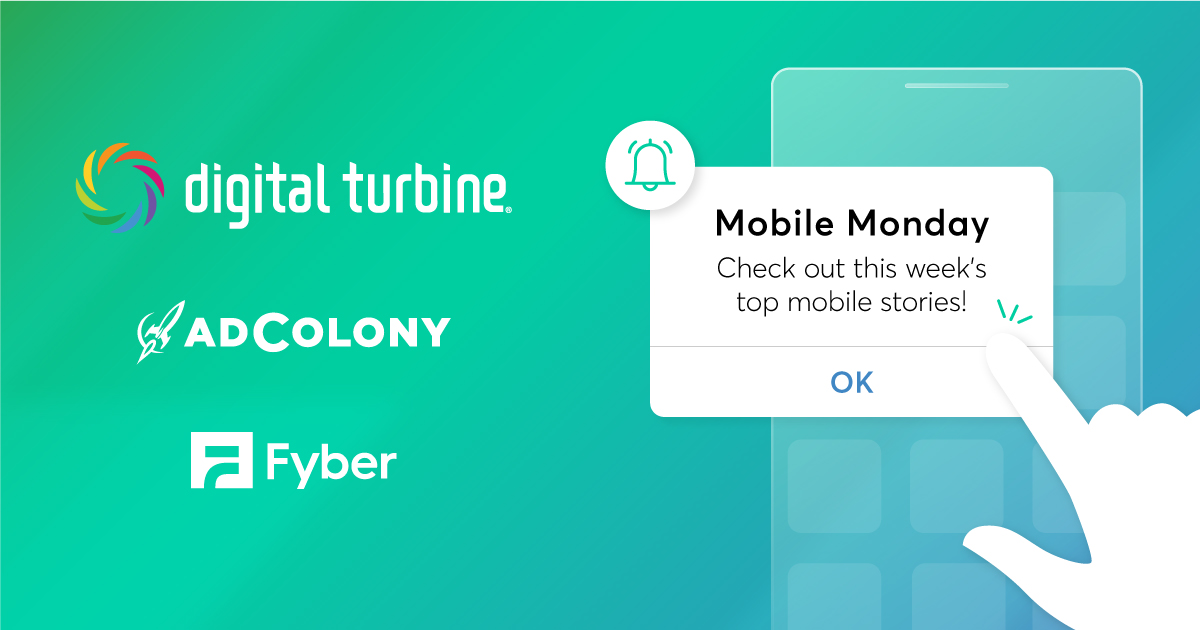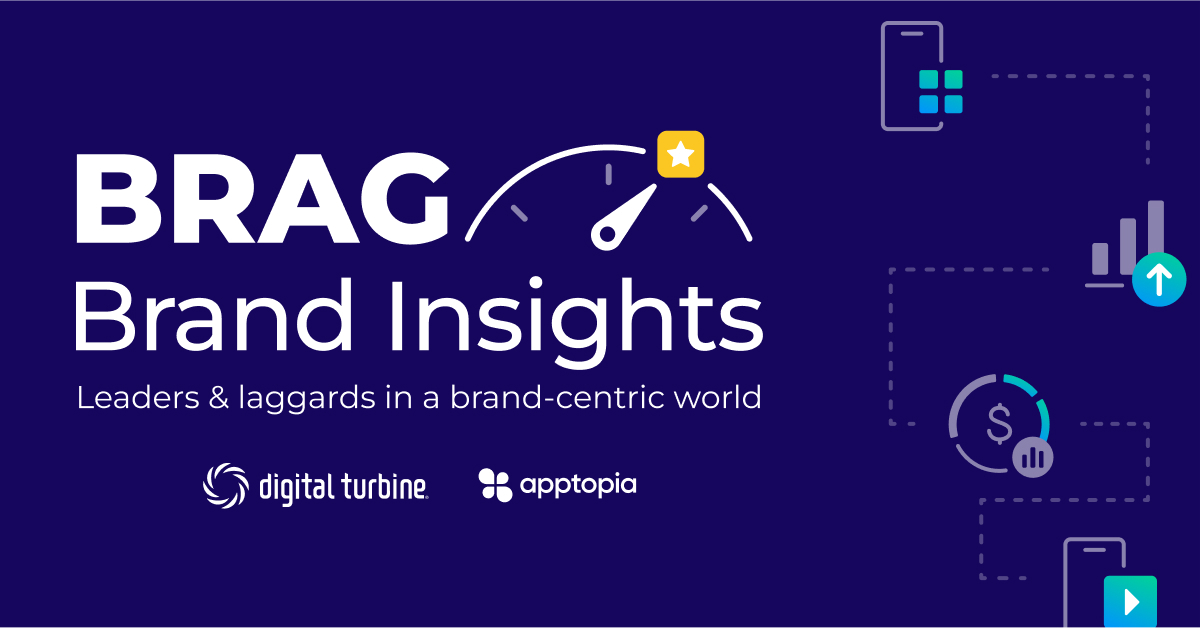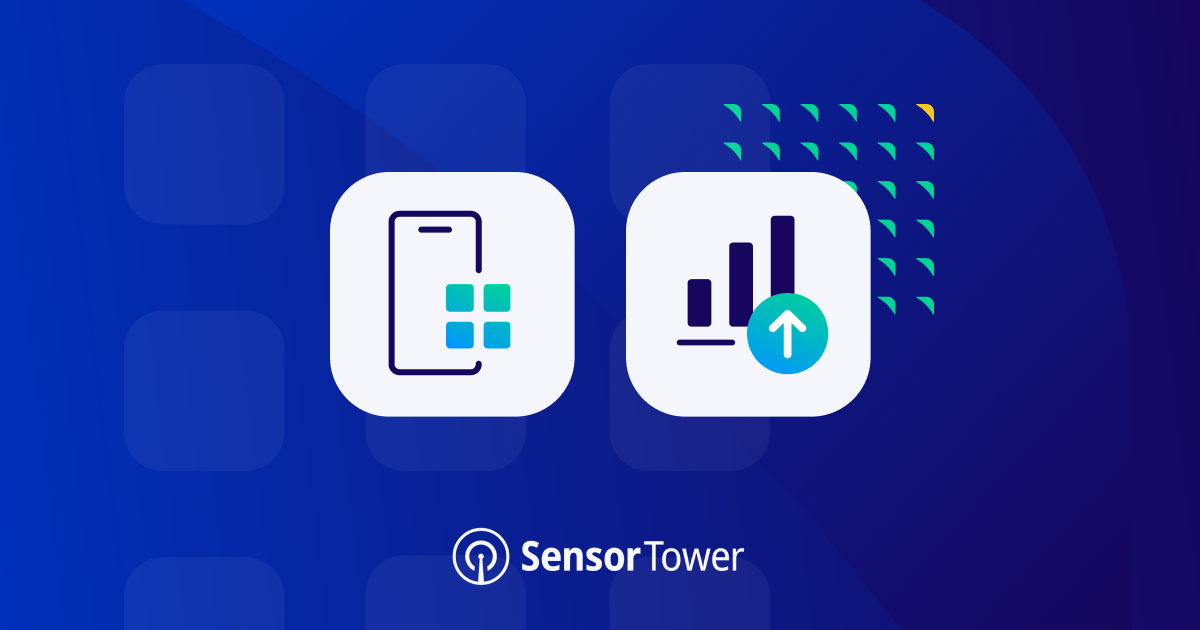You’re playing a game and finish a difficult level or furiously swiping right to find your soulmate. Suddenly, a pop-up appears. “Like using this App? Rate us!” it asks, with a button to take you to the App Store.
It’s an experience most users are familiar with, and one app developers and publishers are keen to keep short, but impactful and positive. A number of strategies have emerged for ensuring only the most positive reviews wind up on Google Play and the App Store, but some strategies might be better than others for keeping reviews consistent and honest.
The fastest, easiest way to get a review from a user is to just ask them to do it. There are a number of turnkey solutions available for iOS and Android that make it an incredibly simple to ask users to rate your app. Like so much in the mobile world though, it’s not quite as simple as it sounds.
Why App Reviews Matter
There’s a very discerning group of users who read app reviews before deciding to download. They look for details another user might put that a developer or publisher wouldn’t. They’re seeking answers to important questions. Do they really need to make an-app purchases to progress? Does it work on my device? Is it fun? Useful?
All those answers (and more!) can be found in app reviews. It pays to have your most satisfied users writing reviews, and it can hurt to have dissatisfied users writing them.
Obviously, the easiest way to avoid negative reviews is to create the perfect app. In the real world though, some people will never be happy with what you’ve created, or they may just be harsh critics. Five stars to one user might be just three to another, dragging your rating down.
Incentivized Reviews
The obvious method for getting the best reviews is to reward people for giving a good review, right? “Give us 5 Stars and get 100 gold!” Seems innocuous, but incentivizing reviews can easily backfire.
Apple’s developer guidelines are a bit vague on the subject of incentivized reviews, but the intent is clear: “Developers who attempt to manipulate or cheat the user reviews or chart ranking in the App Store with fake or paid reviews, or any other inappropriate methods will be removed from the iOS Developer Program.” Google has similar wording in their developer agreement.
There’s nothing wrong with incentivizing someone to provide a review, but offering rewards for a POSITIVE review is where developers can run afoul of platform store policies and cross a line Apple and Google don’t want them to cross. “Leave a review, get 100 coins!” is okay. “Leave a 5 Star Review, get 100 coins!” is not.
Even though a developer can’t actually see what a user rates an app, the implication that the reward only comes from a positive review is enough to earn you the ire of the powers that be.
It’s not just Apple and Google app developers could annoy either. In 2010, the FTC made a strongly worded statement on review spam in the Apple App Store, and it later imposed hefty fines for affiliate marketers’ reviews and endorsements.
Filtering and Feedback
One great (and less grey!) method of getting the best users into an app marketplace for feedback is to have them review it twice.
Using a pop-up, ask how users are feeling about their experience within your app. For example, “Hey! Like our app? What would you rate us?” Offer a custom menu within your app featuring the traditional five-star rating scale.
If a user selects five stars, ask them to give that score (and reasons why) in Google Play or the App Store. If they select less than five stars, they then receive a different pop-up: A “Tell us how to improve” message with a text field to capture user feedback.
A great example of this method is dating app Bumble. They even thank users for their feedback at the end of the process.
Not only does this method make dissatisfied users feel like they’ve had their say while keeping the official rating high, it gives direct, valuable insight on what might be preventing those customers from giving five-star reviews in the first place.
Having their voice heard can be key to keeping a user in an app, especially if one of their concerns is addressed with an update. This soft retention can potentially boost retention, and spur engagement once those changes come down the pipe. The process can even be managed by some engagement and retention toolsets.
Conclusions
Reviews are a powerful tool and can speak to the most discerning users in the marketplace. Positive reviews can often seal the deal from an acquisition campaign. It pays to maximize your good reviews and minimize the negative ones, but it doesn’t matter how good the reviews are if an app is pulled for violating policy.
Be smart, be judicious, and use the best tools available to maximize the positive while learning from the negative.
- Effectively Scaling Apps – The Myth of the Whale Busted - May 17, 2022
- How to Maximize and Optimize Engagement in Your App - May 5, 2022
- Offer Walls for App Monetization: Everything You Ever Wanted to Know - April 14, 2022





